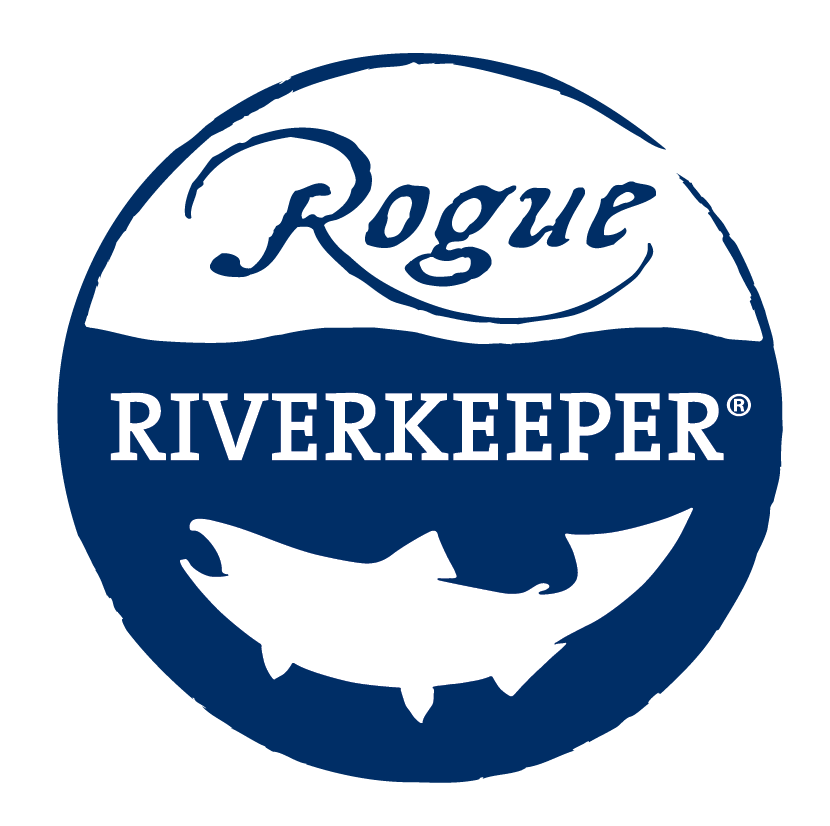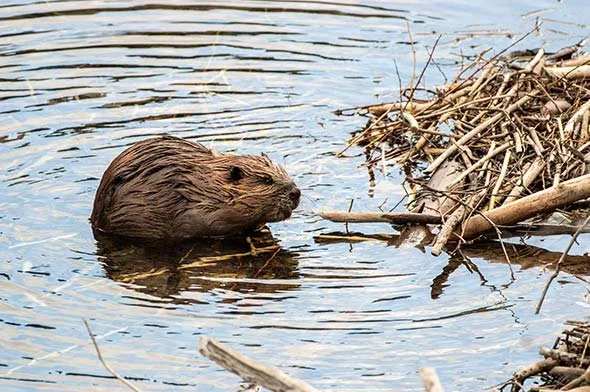In response to the ongoing conflicts on the Upper Rogue between user groups and concerns over jet boat impacts, the Oregon State Marine Board has proposed a rule for the future of Upper Rogue jet boat use. Click to read the update on this topic.
Read MoreThis spring and early summer, in response to the ongoing conflicts on the Upper Rogue between user groups and concerns over jet boat impacts, four state agencies engaged with Oregon’s Kitchen Table (OKT) to solicit input on the management of the Upper Rogue River. Click to read the update on this topic.
Read MoreUPDATED: Considering that Oregon is known as the “Beaver State,” regulations are lacking to protect this iconic animal that is present in so many waterways and provides so many ecological and hydrological benefits. Can we, as humans, use our skills to coexist with this essential critter? Proposed HB 3464 will change how Oregonians relate to beavers.
Read MoreCity of Phoenix Planning Commission approved a a proposed Final Order for the project which includes protection for this spring to allow it to continue contributing cold, clean water for healthy aquatic habitats!
Read MoreThis year, we celebrate #ACT50 as a collective call to unite in the fight for clean water. Working together, we can ensure that water is drinkable, fishable, and swimmable by enforcing laws, holding polluters accountable, and empowering citizens.
Read MoreRogue Riverkeeper is working diligently to protect the Rogue River’s integrity by pushing for the denial of RogueJet’s recertification to dredge over 1,000 cubic yards of sand, sediment, and gravel from 42 different locations within the Rogue River, but we need your help.
Read MoreJerry’s Rogue Jets, a commercial jet boat company out of Gold Beach, Oregon is attempting to renew their dredge and fill permit with the Department of Environmental Quality, which would dredge up to 42 sites, distributed over 30 river miles, annually. With over 1,000 cubic yards of sediment, sand, and gravel to be redeposited and discharged per proposed dredging location.
Read More






